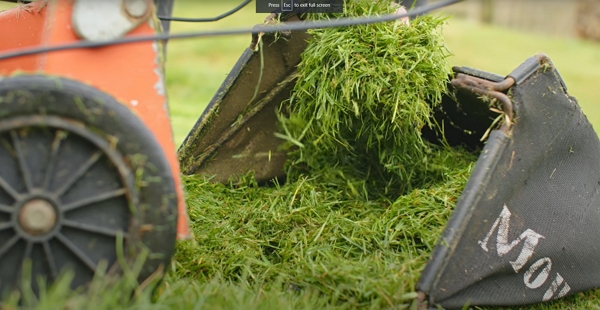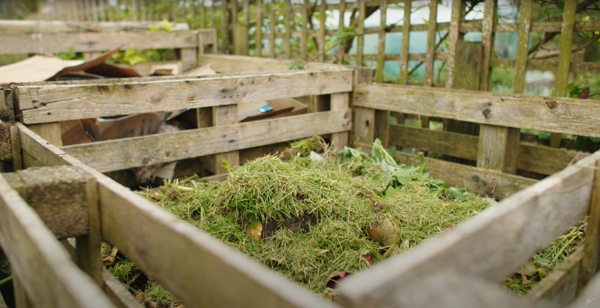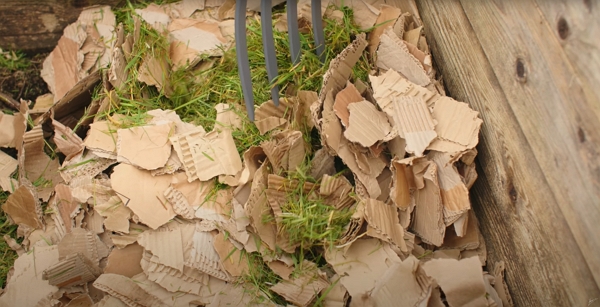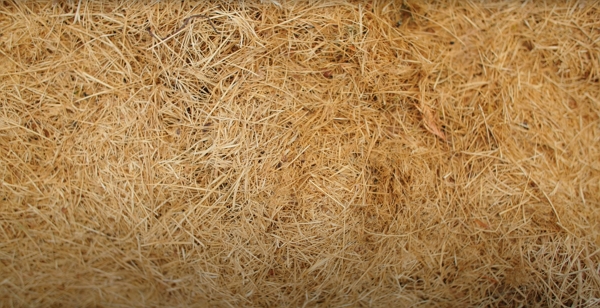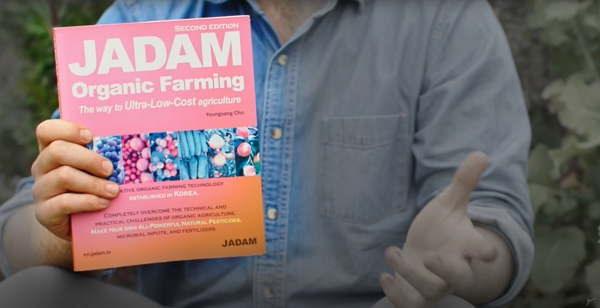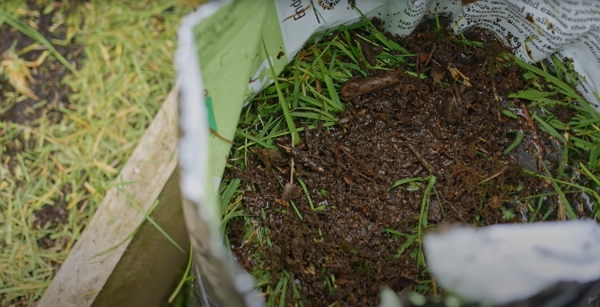Let’s discover how to use and debunk the myths about it with Huw.
Thanks to Huw Richards for sharing his wisdom and knowledge! I wrote the following notes watching the video published on Huw Richards’s channel. You can watch it using this YouTube link.
Sourcing grass
You must source your grass from places not sprayed with fertilizers or pesticides.
Misunderstanfings about grass clippings
It happens very often that people think that grasse clippings aren’t good.
Why? Because if you apply a too thick layer, it creates a sludge and an anaerobic environment.
In practice, you don’t want to apply a layer of more than 2 cm to 3 cm thick.
Also, the other trick is to mix it with another material, like cardboard.
It will become ready within 2 months.
Drying out grass clippings
Grass is considered a nitrogen-rich material.
However, drying out grass transforms into brown material or carbon-rich material.
Multiple mulch options
The benefits of mulching with grass are:
- weed suppression (if you use grass with no seeds of course)
- moisture retention
If slugs aren’t a worry for you, you can mulch your beds with a 2–3 cm layer.
If slugs are a concern, you can still use grass but sprinkle no more than 1 cm.
It’s easier to apply it when the plants are small.
Adding grass as mulch will build up organic matter because one molecule of organic matter holds up to four molecules of water.
It will help the long-term health and water retention capabilities of the soil.
Mulching potatoes
Huw is growing potatoes in containers. He adds a good 5 cm layer of grass on top to keep the moisture and hope that he won’t need to water them.
He tops up with more grass as it starts breaking down.
Watering
Apparently, watering is more effective. Why?
When you have a dry soil, the water will often run off.
With grass clippings, it simply won’t. The grass captures the water and slows it down to the soil.
JADAM liquid solution from grass clippings
Read all about JADAM in these notes I took from another vlog from Huw.
Checkout Youngsan’s website for more details.
JADAM liquid solution has a balance pH and you need to apply it throughout the plant’s life, up to the flowering or fruiting stage.
For the case of grass, here is the process Huw suggests.
You will need:
- Rain water
- Leaf mold or really old homemade compost
- An opaque container
The procedure is simple:
-
Fill the container to 70% with fresh grass nearly to the top while pushing down gently to put as much as possible
-
Add the water to cover a little bit over the grass.
-
Press down the grass if necessary
-
Sprinkle the leaf mold
About light
With fermented products, it’s better to keep the light away.
Two weeks after, you can use the JADAM liquid in a 1:30 ratio. As it ages, it gets better and therefore, you will need to adjust the ratio: see the details here.
The interesting thing is that you can top up with water the container for years while you keep the solids in. Adding additional organic matter of the same plant (in this case grass clippings) is also an option as the original matter has decomposed.
